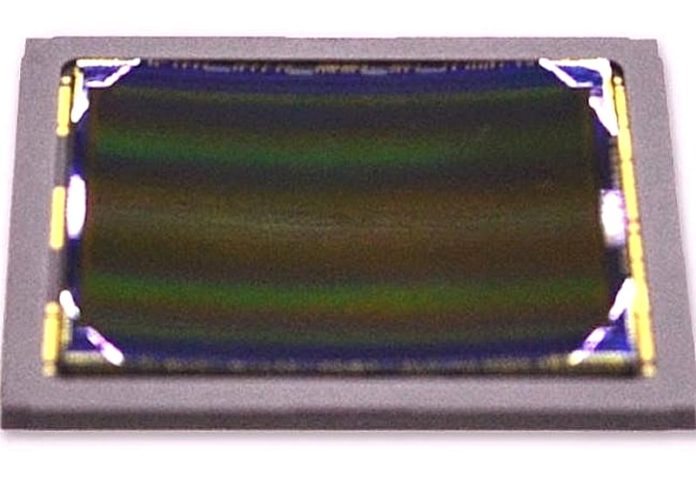NIKON is reported to be working on a curved sensor camera, joining Sony and Canon in a race to produce a simpler and optically purer camera system that operates using lens designs with fewer elements, less weight, less light loss, less internal reflection, less distortion and less aberration, all at lower cost.
The idea behind a curved CMOS is that it removes many of the challenges faced by engineers trying to design out Petzval curvature of camera imaging systems. Petzval curvature is caused because lenses image a flat plane onto a flat CMOS sensor. The issue is that there’s an attenuation of focal length light rays sensed by a CMOS imager if those light rays are off-axis – if they are reaching the imager from an oblique angle – the greater the angle, the greater the attenuation. And the process of resolving field curvature causes its own problems – primarily astigmatism.
Comparatively, curved sensors can be paired with simpler, flatter lenses with larger apertures – that means more light reaches the sensors. It also means light rays get to the sensor in straighter lines, improving overall sensor performance. And the process of bending CMOS sensors has a surprising advantageous effect. When you bend a silicon sensor you alter its band gap, lowering the ambient noise level caused by the dark current which continues to move through a pixel in the absence of light.
At present Sony is leading the race and already has a patent for a 35mm F1.8 compact camera. How things play out in terms of a contest is uncertain given so many manufacturers, including Nikon, use Sony sensors. But the fact Canon and now Nikon are on board, suggests the development of curved sensors might herald the biggest change in camera technology in decades – the advent of a whole new type of camera system, including all-new lenses. This would be of enormous significance. At present, digital cameras can happily use lenses dating back to the ‘60s and ‘70s which would be useless on curved sensor cameras.
Announcing its technology in 2014, Sony said its curved systems were 1.4 times more sensitive at the centre of the sensor and twice as sensitive at the edge. This should mean the sensors offer improvements in low light performance of at least 50 per cent over current devices. Sony showed 2 CMOS sensors at release – one was 43 millimeters along the diagonal and is a full-size chip for digital cameras, including CCTV cameras. The other is smaller at 11mm diagonal, has smaller pixels and is designed for mobile phones.
Given the savings in weight, the potential reductions in manufacturing cost, the improvements in low light performance and the reduction in noise levels, there’s no chance whatever that curved CMOS sensors would not be incorporated into CCTV cameras in the future. ♦











